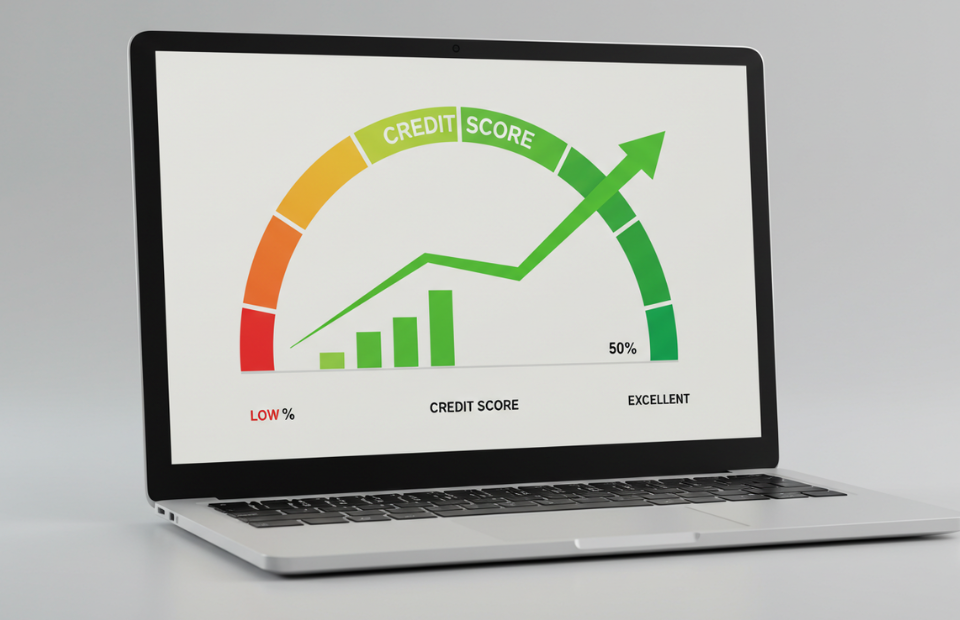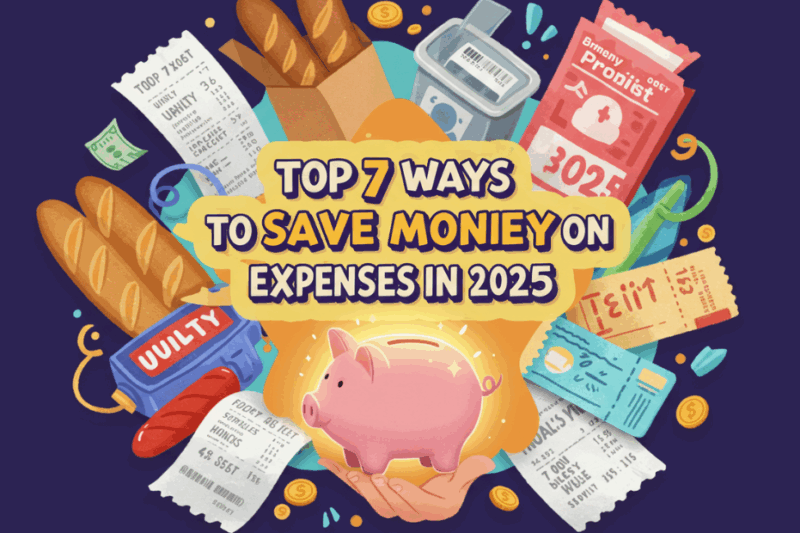Your credit score is a critical factor in securing loans, credit cards, and even better insurance rates. In 2025, with rising interest rates and economic uncertainty, a strong credit score can save you thousands. Improving your score quickly requires strategic actions, and this guide outlines practical, actionable steps to boost your credit score fast. Always monitor your progress using free tools like Credit Karma or Experian.

What Is a Credit Score?
A credit score is a three-digit number (300–850) that reflects your creditworthiness, based on your credit history. The FICO Score, used by 90% of lenders, and VantageScore are the most common models. Key factors include:
- Payment History (35%): Whether you pay bills on time.
- Credit Utilization (30%): The percentage of available credit you’re using.
- Length of Credit History (15%): How long your accounts have been open.
- Credit Mix (10%): Variety of credit types (e.g., credit cards, loans).
- New Credit (10%): Recent credit inquiries or new accounts.
A score of 700+ is considered good; 750+ is excellent. Here’s how to improve your score quickly in 2025.
1. Pay Bills on Time
Payment history is the biggest factor in your credit score. Late payments can stay on your credit report for seven years, dragging your score down.
- Action: Set up automatic payments for at least the minimum amount due on all bills (credit cards, utilities, loans). Use apps like Mint or YNAB to track due dates.
- Impact: Paying on time for 1–3 months can boost your score by 20–100 points, especially if you had recent late payments.
- Tip: If you missed a payment, ask your creditor for a goodwill adjustment to remove it from your report, especially if you have a good track record.
2. Lower Your Credit Utilization Ratio
Credit utilization—how much of your available credit you’re using—should ideally be below 30%. For example, if you have a $10,000 credit limit, keep your balance under $3,000.
- Action: Pay down high-balance credit cards aggressively. Focus on cards closest to their limit first. If possible, request a credit limit increase to lower your ratio without spending more.
- Impact: Reducing utilization from 70% to 30% can increase your score by 30–50 points within one billing cycle.
- Tip: Pay your balance multiple times a month to keep utilization low before your statement closes.
3. Dispute Errors on Your Credit Report
Errors on your credit report, like incorrect late payments or accounts that aren’t yours, can lower your score. In 2025, you’re entitled to free weekly credit reports from Equifax, Experian, and TransUnion via AnnualCreditReport.com.
- Action: Review your reports for inaccuracies. File disputes online with each bureau or via certified mail. Provide documentation (e.g., payment receipts) to support your claim.
- Impact: Correcting errors can boost your score by 20–100 points in 30–60 days, depending on the error’s severity.
- Tip: Use Experian Boost to add positive payment history (e.g., utility or streaming bills) to your report for a quick score bump.
4. Become an Authorized User
If you have a trusted friend or family member with a strong credit history, ask to be added as an authorized user on their credit card.
- Action: Ensure the primary cardholder has a low balance and pays on time. Their positive credit behavior will reflect on your report.
- Impact: This can raise your score by 10–50 points in 1–2 months, especially if the account is old and well-managed.
- Tip: Confirm the issuer reports authorized user activity to credit bureaus (most major issuers like Chase or Amex do).
5. Pay Down Debt Strategically
High debt levels, especially on revolving credit like credit cards, hurt your score. The debt snowball (paying smallest balances first) or debt avalanche (paying highest-interest debts first) methods work well.
- Action: Use extra income (e.g., side hustle earnings) to pay off high-interest credit card debt. Consider a 0% APR balance transfer card to reduce interest costs while paying down debt.
- Impact: Paying off a $5,000 credit card balance could boost your score by 50–150 points in 1–3 months.
- Tip: Avoid closing paid-off accounts, as this reduces your available credit and could increase your utilization ratio.
6. Limit New Credit Applications
Hard inquiries from applying for new credit can lower your score by 5–10 points each and stay on your report for two years.
- Action: Avoid applying for multiple credit cards or loans in a short period. If shopping for a loan (e.g., auto or mortgage), do so within a 14–45-day window to minimize inquiry impact.
- Impact: Limiting inquiries can prevent a 10–30-point drop, stabilizing your score.
- Tip: Check pre-qualification offers, which use soft inquiries that don’t affect your score.
7. Consider a Secured Credit Card
If your score is low (below 600) and you can’t qualify for a regular credit card, a secured card can help rebuild credit.
- Action: Get a secured card (e.g., Discover it Secured or Capital One Secured) by depositing $200–$500. Use it for small purchases and pay off the balance monthly.
- Impact: Responsible use can improve your score by 50–100 points in 6–12 months.
- Tip: Ensure the card reports to all three credit bureaus and ask about upgrading to an unsecured card after 6–12 months.
Additional Tips for 2025
- Leverage Fintech Tools: Apps like Chime or Self offer credit-building programs that report rent or subscription payments to bureaus, boosting your score without debt.
- Monitor Economic Trends: With interest rates fluctuating in 2025, refinance high-interest loans to lower payments, freeing up cash to reduce credit card debt.
- Stay Consistent: Credit improvement takes time. Focus on 3–6 months of consistent habits for significant results (50–200 points, depending on your starting score).
Conclusion
Improving your credit score fast in 2025 is achievable by prioritizing on-time payments, lowering credit utilization, disputing errors, and using strategic tools like authorized user status or secured cards. Start with one or two actions, track your progress with free credit monitoring tools, and stay disciplined. A higher score can unlock better loan terms, lower interest rates, and more financial opportunities. For more resources, visit myFICO.com or AnnualCreditReport.com.
Disclaimer: Results vary based on individual credit history. Consult a financial advisor for personalized advice.


